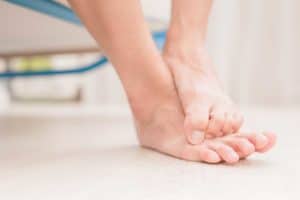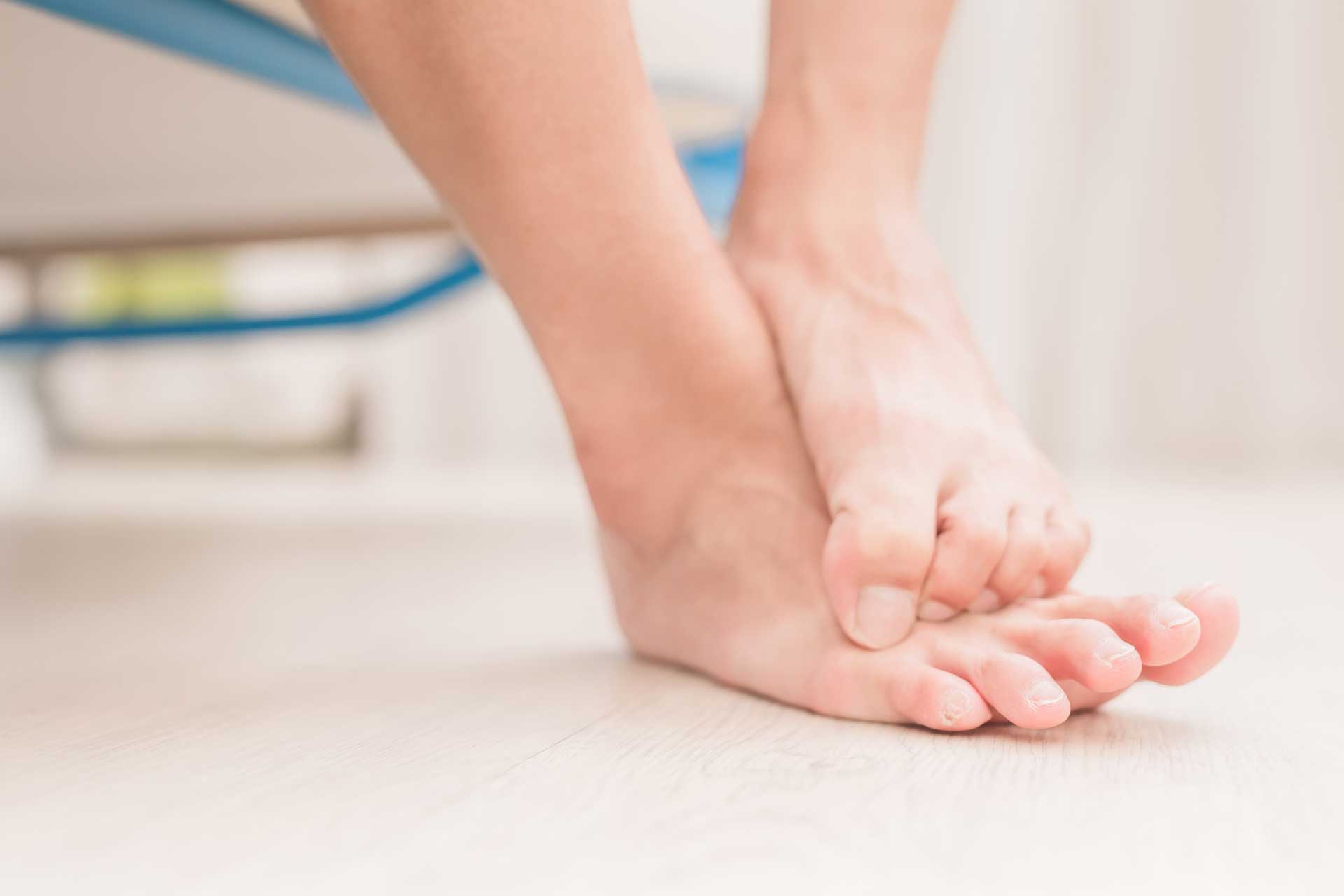
Dyshidrotic eczema is a skin condition where small blisters appear on your extremities. The small, fluid filled blisters are painful and very itchy. These blisters appear on the palms, fingers, and bottoms of feet and they set off an itching and scratching cycle that can last for a few weeks.
While the exact cause of this skin disorder is unknown, it does often appear in patients who suffer from dermatitis or hay fever. Environmental triggers including cobalt, nickel, bacteria and fungus are also triggers. If you notice that a certain piece of jewelry irritates your skin, nickel may be the culprit. At the same time, some foods high in cobalt will also set off an outbreak. If you find relief as the seasons change, particular pollens may have been the trigger for your outbreak. Another trigger for this skin disorder is stress.
While treatments can help with the symptoms and appearance of this disorder, there is no cure. Managing symptoms are key for anyone suffering from dyshidrotic eczema. The better you manage your symptoms, the less likely you are to have a severe outbreak. Below are a few treatments used to manage the symptoms of dyshidrotic eczema.
Topical corticosteroids are available in over the counter options as well as prescription strength options. The corticosteroids help reduce the amount of inflammation, blisters, and itchiness from this disorder.
Cold compresses often give some relief to the irritation you may be experiencing. It is recommended to use a cold compress or soak your irritated skin in cool water before using a moisturizer.
Moisturizers are important to use to help protect the skin and reduce the itchiness you may experience during an outbreak. Look for a moisturizer that contains oats, shea butter, or other natural oils.
Light therapy has been proven to help treat many types of eczema. Approximately 70% of eczema sufferers have found light therapy to reduce the amount of eczema symptoms they are experiencing.
Antihistamines or anti-itch medicines can help relieve the excessive itching associated with this disorder.
If you have large blisters or a severe outbreak, you should seek treatment through a dermatologist. Your dermatologist may recommend that large blisters be drained, or a botulinum toxin injection be administered to help provide some relief. Dermatologists can also prescribe stronger doses of corticosteroids to help combat your symptoms.
Like other chronic issues or conditions, managing triggers and having an established relationship with a dermatologist is key. Call The Dermatology Center of Indiana location nearest you and let us help manage your symptoms of dyshidrotic eczema.
Disclaimer: This blog provides general information and discussion about medical, cosmetic, mohs, and surgical dermatology. The words and other content provided in this blog, and in any linked materials, are not intended and should not be construed as medical advice. If the reader or any other person has a medical concern, he or she should consult with an appropriately-licensed dermatologist or other health care worker.
